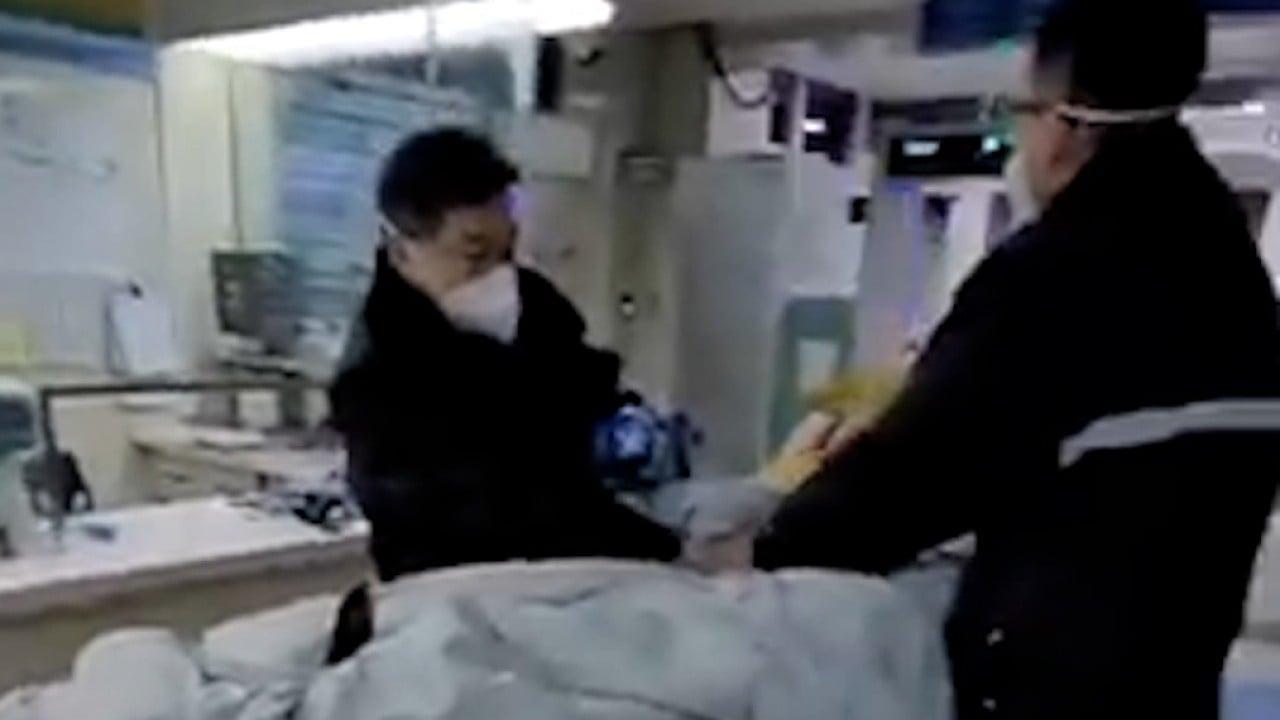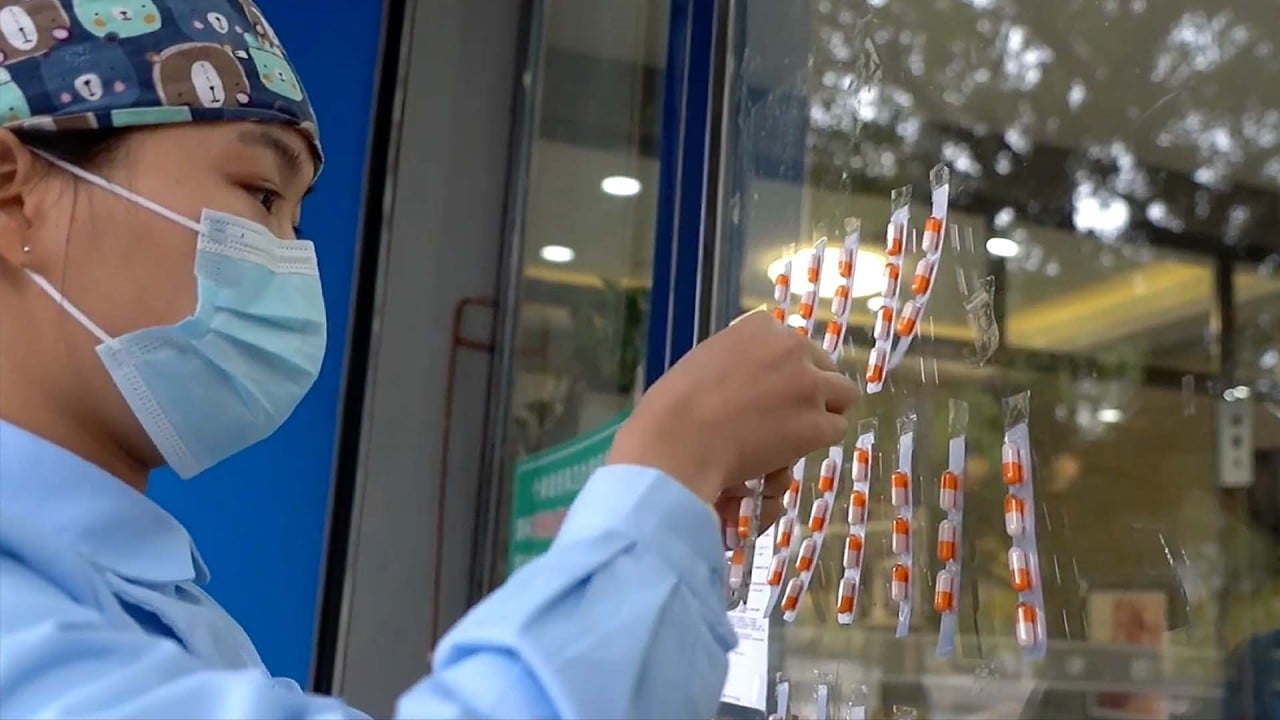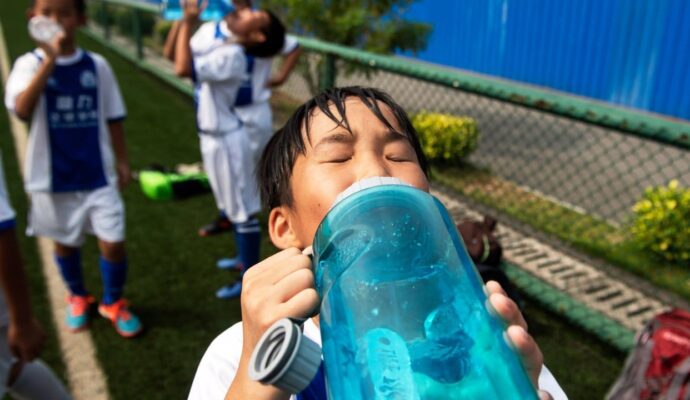
The NHC had released daily figures on Covid-19 infections since January 21, 2020 – during China’s first coronavirus outbreak in the central city of Wuhan.
The daily releases had served as authoritative references to the scale of outbreaks under China’s erstwhile strict zero-Covid policy – with details on infections, whether confirmed and asymptomatic, domestic and imported – and the death toll.
However, the figures have become meaningless since compulsory testing was abandoned as part of easing several zero-Covid measures earlier this month.
China reported 4,128 cases and no new deaths on Saturday, a week after it had narrowed the definition of Covid-19 deaths to only count those who died of respiratory failure caused by the coronavirus.
However, as infections surge, many cities are battling shortages of fever and pain drugs, and antigen test kits. Demand for oxygen machines for use at home is soaring, with the hospitals overwhelmed.
Meanwhile, the death toll keeps rising.
A state-run funeral service centre in the southern city on Guangzhou suspended accepting new appointments for burial services until January 10 “due to the heavy pressure”.
Normal cremation services would continue, it said in a statement on Saturday.
Hangzhou, capital of eastern Zhejiang province, a major manufacturing hub, is recruiting volunteers to help its ambulance centre meet the surging demand for medical assistance.
The city has stepped up purchases of fever medicines and allocated 10 million other pills, economy and information official Lu Jianxiang said.
Daily new infections in the province had crossed 1 million, Zhejiang reported on Sunday, and was expected to peak at 2 million around the January 1 holiday before starting to ease before the Lunar New Year later in the month.
The southwestern province of Yunnan has capped purchases of the painkiller ibuprofen to one box per buyer, and antigen test kits at six units per week, to ease the shortage and reduce unnecessary hoarding.
The scrapping of daily Covid-19 releases comes days after an unverified memo from a NHC meeting estimated nearly 248 million – or about 18 per cent of China’s population – had been infected between December 1 and 20.
Nearly half of the population of Beijing and southwestern Sichuan province had been infected, the memo said.
Two cities, Qingdao in the eastern province of Shandong and Dongguan – near Guangzhou in the southern province of Guangdong – released respective estimates of up to 500,000 daily cases.
Public health officials have warned of the risks of rapid transmission to more lower-tier cities and rural areas as people travel during the Lunar New Year, which falls on January 22.



